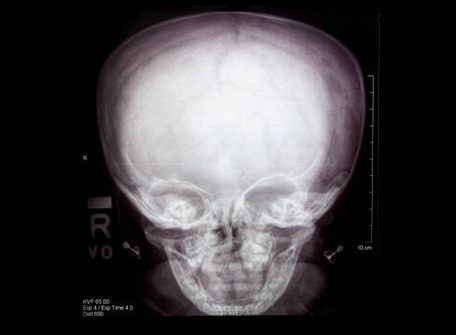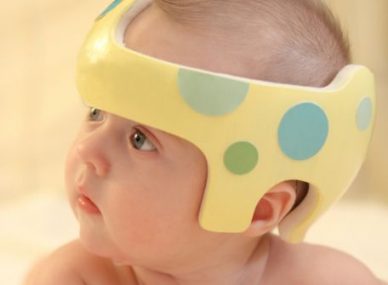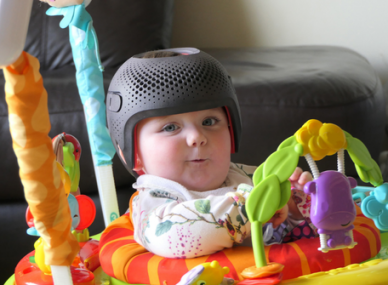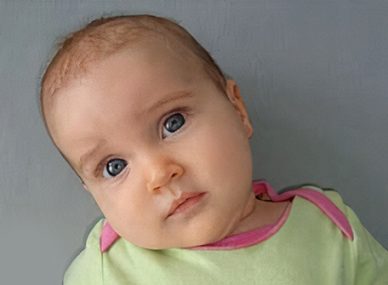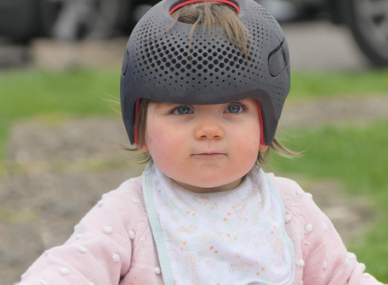Skull deformation is referred to as a purely cosmetic disorder. Most parents worry about their babies’ deformed skulls, thinking that they may be permanent and would impact the attractiveness of their children.
Since infants have the fastest-growing and malleable cranial bones, they risk developing deformed skulls, particularly if their heads remain in the same position.
Head Deformity & Its Types
When infants spend most of their time in one specific position, it may change the shape of their heads- this condition is known as “Positional Skull Deformity.”
This head deformity also occurs when the babies are in the womb or birth canal. In other conditions, positional skull deformity also results in the first 4 – 12 weeks of their lives. At this stage, infants are unable to sit up or move on their own.
Deformational brachycephaly, plagiocephaly, and NICUcephaly are the 3 common conditions that lead to changes in the skull of the baby. All of these conditions result from the increased pressure on the infant’s skull, specifically when they are in one position.
- Deformational Brachycephaly – This condition refers to when head of the infants are symmetrical (wide from sides and flat in the back). This head deformity is common among babies who mostly sleep on their backs.
- Deformational Plagiocephaly – It is when the baby’s head is unevenly flat (asymmetrical) in the back. Usually, the forehead of such babies is prominent, causing their heads to resemble parallelograms. Babies who sleep with their heads turned often have this condition.
- NICUcephaly – This condition is often observed in premature babies who spend their initial months in NICU (neonatal intensive care unit). Such preemies tend to have long and narrow heads.
“Craniosynostosis” is another condition that results from the abnormal fusion of the bony plates in the infant’s skull. The head of the baby becomes abnormal as the child’s brain grows. This condition also impacts the brain growth of the child, which later may require surgery, followed by helmet therapy.
Causes of Head Deformity
There are several reasons that lead to head deformity in infants. Some of the possible causes of positional skull deformity include:
- Preferred Head Position– Most babies like to sit or sleep with their heads turned in a particular way.
- Complications at the Time of Birth– The position of the baby when he/she is moving through the birth canal can greatly impact their head shape.
- Multiple Births- The shape of skulls also get deformed due to unusual or cramped fetus positions in the mother’s womb.
- Prematurity– Premature babies have softer bones; therefore, preemies lying flat on their backs can lead to deformed skulls.
Role of Helmet Therapy
Since babies grow faster, their flexible heads help support this quick growth. Besides, the flexibility of the baby’s skull help protects its growing brain, which doubles in size in the first year. However, if the skull shape of the baby seems different to you, they might need helmet therapy.
Helmet therapy, also known as “Helmet Orthosis,” is a treatment that helps keep the baby’s skull in shape.
Babies’ skulls are made from bony plates joined by sutures (fiber-like pieces). These sutures protect the baby’s brain and also allow some space and flexibility for the baby’s brain to grow. Babies with deformed skulls must wear molding helmets at the time when their brains and skulls are developing. This is because helmets won’t work if brain growth is completed, which usually happens by the age of 2.


